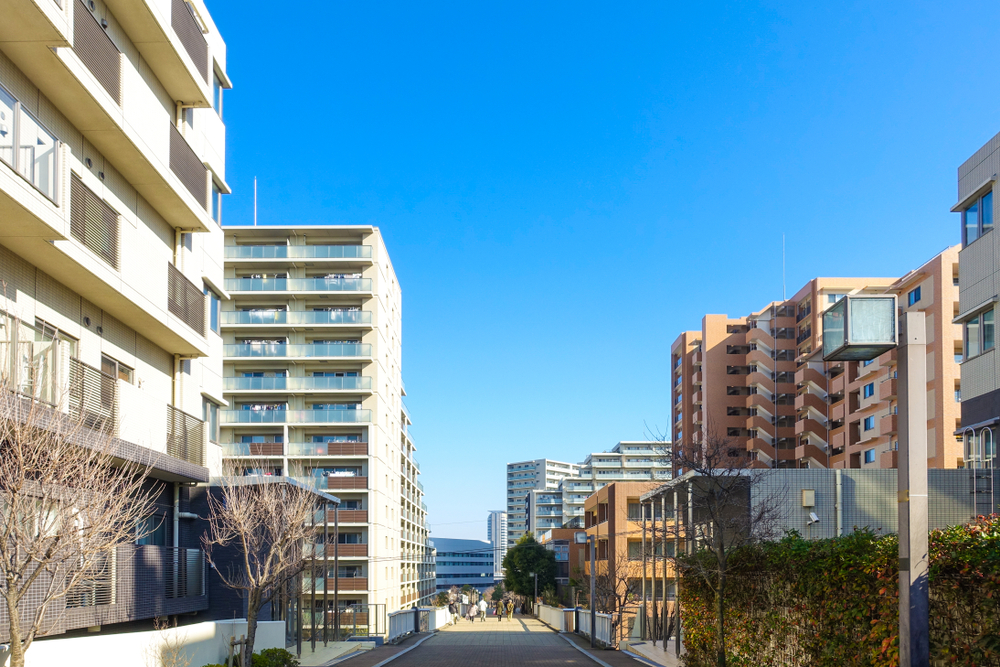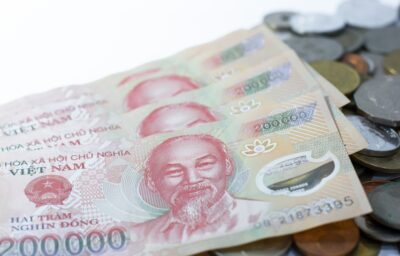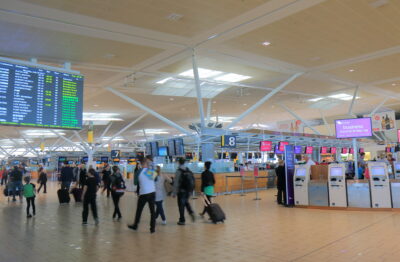Demand for new apartments in Japan continues to outpace supply
Greater Tokyo’s new apartment supply drops 6 percent in July

In July, the supply of brand-new apartments across Greater Tokyo dropped 6.2 percent from last year, the first year-on-year decline in eight months, reported Japan Property Central.
The main attribute of this decline is the projects launched in the first half of the year by developers to meet high demand from buyers.
As stated by the Real Estate Economic Institute, 1,952 new apartments were released for sale.
The contract ratio was recorded at 68.3 percent, a 5.9 point increase from last year.
Meanwhile, demand continues to surpass supply, with inventory decreasing 16 percent from July 2020.
The average sale price was listed at JPY64,980,000 (USD591,722), 6.1 percent higher than last year. Moreover, the average price per square metre was JPY984,000 (USD8,960), a 7.8 percent increase from 2020.
More: Detached house sales in Japan hit new high with 1,248 units sold in July
In Tokyo’s 23 wards, a total of 932 new apartments were released for sale.
The average sale price was JPY83,190,000 (USD757,546), up 3.6 percent from last year, while the average price per square metre was JPY1,289,000 (USD11,737), a 3.5 percent jump.
The Property Report editors wrote this article. For more information, email: [email protected].
Recommended
Why everyone is moving to Selangor and Johor: Malaysia’s real estate comeback
Malaysia’s upturn in fortunes is especially prevalent in secondary destinations such as Selangor and Johor
Penang’s silicon boom: How the US-China tech war is supercharging local real estate
Penang’s booming semiconductor industry has created ripples within the local real estate sector
New leader, new opportunities: How Hun Manet is shaking up Cambodia’s real estate game
Hun Manet is overseeing decent economic growth and widening access to the country’s real estate market for foreigners
Singapore embraces inclusive housing reforms amid resilient demand
The Lion City’s regulatory strength continues to exert appeal for international investors








